The 2026 Toyota RAV4 is here, and it's hybrid only. There are major updates all over the SUV, but the plug-in hybrid model (formerly known as the RAV4 Prime) gets much more attention for 2026. There is a wider array of trims to pick from, more electric-only range and a GR-badged sport model.
2026 Toyota RAV4 Plug-In Hybrid
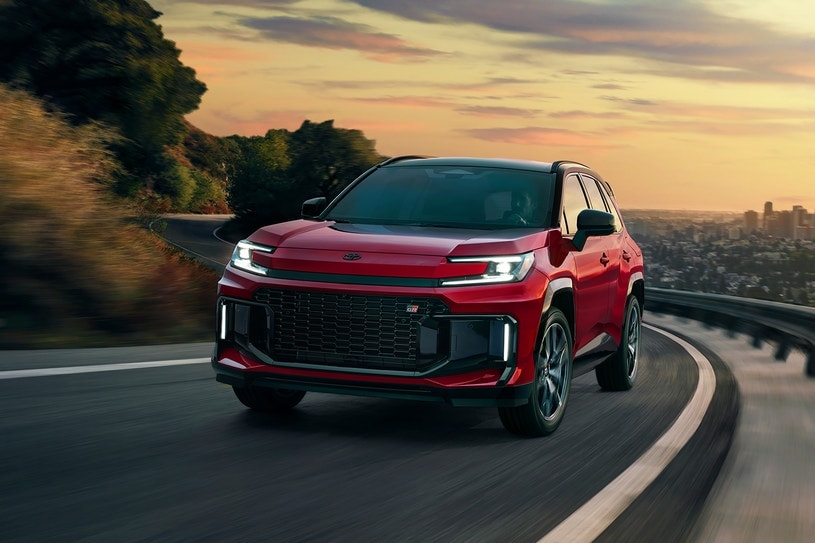 View 10 more photos
View 10 more photos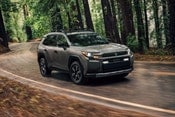 View 10 more photos
View 10 more photos View 10 more photos
View 10 more photos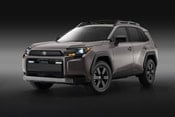 View 10 more photos
View 10 more photos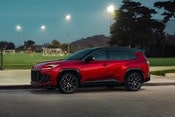 View 10 more photos
View 10 more photos- The RAV4 is all-new for 2026, and the plug-in hybrid gets a lot more attention than before
- There are more trims, more range and more power
- The PHEV option is only available on select models
- Part of the new sixth-generation RAV4 lineup for 2026
2026 Toyota RAV4 Plug-In Hybrid Review
Bigger battery, more range and faster charging
For 2026, the RAV4 plug-in's powertrain pairs a naturally aspirated 2.5-liter four-cylinder engine with an electric motor that draws power from a larger battery pack than before. Toyota won't say how much larger, but the knock-on effect is a Toyota-estimated 50 miles of EV-only range, up from the previous car's 42 miles. It also gets a horsepower bump over the outgoing car. The PHEV is now rated at 320 horsepower combined — an increase of 18 hp — and all plug-in models will have all-wheel drive.
You also get faster charging for 2026. The onboard inverter can now charge at up to 11 kW, up from 6.6 kW on the previous plug-in. But that's only on the new GR Sport and SE models, which come with the smaller Level 2 charge port. The other two trims that get the plug-in hybrid powertrain for 2026 — the Woodland and XSE — get DC fast charging via a CCS charge port.
Why do different trims of the same car have unique charge ports? Cost. The GR Sport model, for example, is destined to be the most expensive RAV4 in the lineup thanks to its upgraded wheels, tires, brakes and specific chassis tuning. But it uses the smaller, slower charge port to help keep the price from ballooning and putting it out of reach of potential customers.
Plug-in hybrid trim levels and expected pricing
The four aforementioned trims will be the only way to get a new plug-in RAV4 in 2026. The three other trims — LE, XLE and Limited — come with a standard gas powertrain. Toyota is clearly billing the plug-in as the sportier powertrain to buy in 2026, and it will be the pricier of the two options.
We don't know exactly how much, but we expect a greater price spread for 2026. Expect the base SE to start at just over $40,000 and the GR Sport to crest the $52,000 mark.

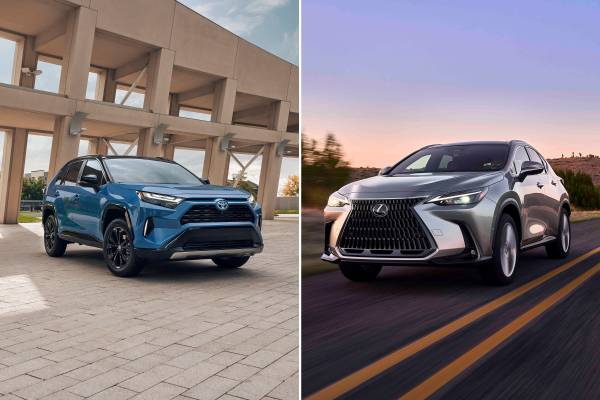
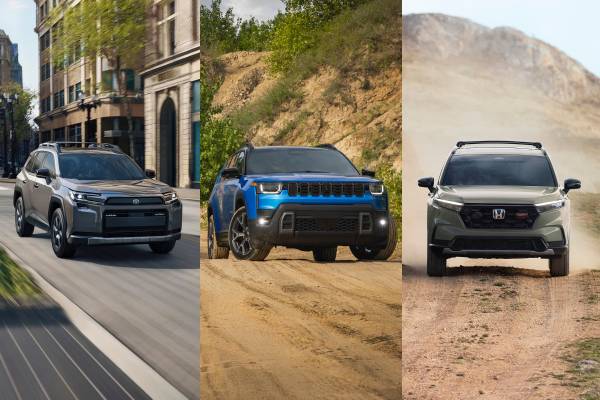

Related 2026 Toyota RAV4 Plug-In Hybrid info
Similar Vehicles
Research more upcoming vehicles
- 2026 Toyota Camry News
- 2026 Kia K4 News
- 2026 Nissan Pathfinder News
- 2026 Volkswagen ID. Buzz News
- 2026 Mazda CX-50 News
Popular new car reviews and ratings
- New Ford F-450 Super Duty
- New Audi Q8 e-tron
- 2026 XC40
- New MINI Convertible
- New Toyota Tundra
- New Toyota Corolla Hybrid
- Acura ZDX 2024
- 2026 Hyundai NEXO News
Vehicle rankings by type
- Sedan Large
- Sedan Small
- Coupe Sports Cars
- Hybrid Plug In Hybrid SUVs
- Best Minivan Rankings
- Convertible Cars
- Hybrid Plug In Hybrid Cars
- Best Hatchback Rankings
Other Toyota models to consider
- New Toyota BZ
- New Toyota Grand Highlander
- Toyota Prius Plug-In Hybrid 2025
- Toyota Corolla Cross 2024
- New Toyota Land Cruiser
- 2025 4Runner
- Toyota Crown 2026
- 2024 Sequoia
- New Toyota Crown Signia
- 2024 Toyota Camry Hybrid
Other models
- Used Cadillac Ats-Coupe in Clermont, FL 2019
- Used Nissan Frontier in Alexandria, VA 2025
- Used Cadillac Escalade-Iq in Billings, MT 2026
- New Honda Prologue for Sale in Dracut, MA
- Used Mercedes-Benz E-Class in Canonsburg, PA 2025
- Used Infiniti J30 in New Orleans, LA 1997
- Used Ferrari 612-Scaglietti in Howell, NJ 2011
- Used Chevrolet Sonic in Palm Bay, FL 2020
- Used Mclaren GT in Seekonk, MA 2023
- Used GMC Envoy-Xuv in Elk River, MN 2005